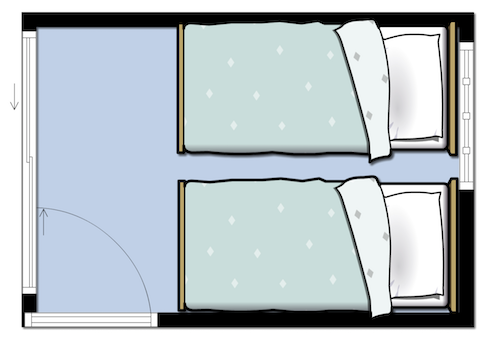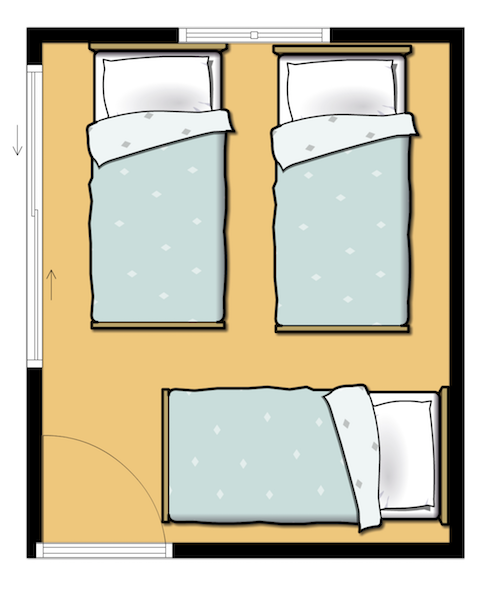

Fact or Fiction: Rental Unit Occupancy Standards
Fiction: To be compliant with U.S. Department of Housing and Urban Development you must limit occupancy to two persons per room.
Fact: Two persons per room is a general guideline for occupancy standards. In truth, many factors are considered when determining maximum occupancy including square footage, age of occupants, as well as accompanying systems such as septic, sewer, and electrical.
Following the two person per guideline rule can have repercussions for landlords if the renter interprets it as a form of discrimination. To ensure you are in compliance with the law be sure to check your state and county housing ordinance for occupancy guidelines.
Landlord Tip: Measure each room and document your methodology before renting your unit to ensure fair and consistent practices
Here is a great example of occupancy per square foot based on my local King County Ordinance 12560:
- Sleeping areas must have a minimum of 70 square feet with and additional 50 square feet per occupant if more than two occupants per room.
- Living areas cannot have less than 120 square feet of floor space.
To give you a better idea of what that looks like I had a little fun with Floorplanner.com.

70 sq. ft. bedroom with 2 single beds

120 sq. ft. bedroom with 3 single beds
It is a good practice to measure each room and documenting your findings. Having this information on-hand will help justify your reasoning if you are ever accused of discrimination based on occupancy. Every property is different and that is why the decision is ultimately up to you to set your property occupancy standards in conjunction with your state and county codes.

Comments